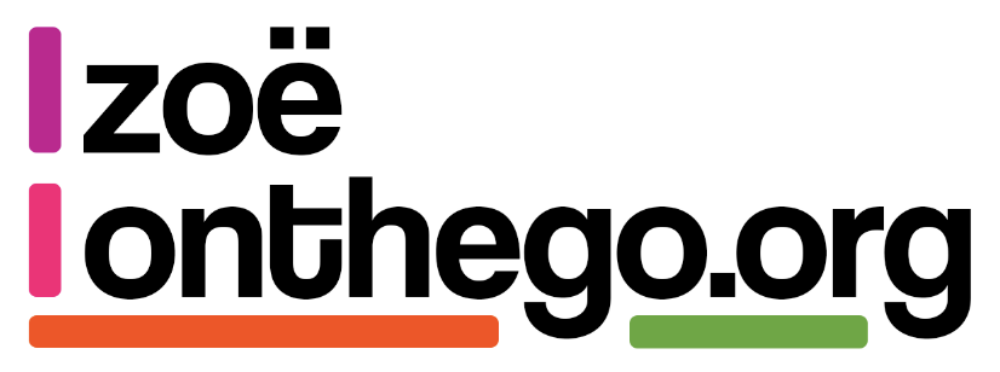This week the UK Government and Parliament petitions website has been getting a lot of attention, both good and not so good. This site has been a great example of how the Digital Service Standards work to ensure what we deliver in the public sector meets user needs.
On the 20th of February a petition was created on the petitions website to Revoke Article 50 and remain within the EU, on the 21st of March the petition went viral, and as of writing this blog has currently got 5,536,580 5,608,428 5,714,965 signatures. This is the biggest petition to have ever been started since the sites launch. Not only that, it is now the most supported petition in the world, ever.

The first version of the site was developed in 2010 after the election. Originally intended to replace the Number 10 petition site, which had a subtly different purpose. The new version of the Parliamentary petitions site was then launched in 2015, as an easy way for users to make sure their concerns were heard by the government and parliament. The original version of the service was developed by Pete Herlihy and Mark O’Neill back in the very early days of Digital Government, before the Digital Service Standard was born.
The site was built using open source code, meaning anyone can access the source code used to build the site, making it is easy to interrogate the data. With a number of sites, like unboxed, developing tools to help map signatories of petitions etc based off the data available.

Within the Governments Digital Design standards using open source code has always been one of the standards some departments have really struggled with, it’s digital standard number 8, and is often a bit contentious. But looking at the accusations being lobbied at the Revoke Article 50 petition, that people outside of the UK are unfairly signing the petition, that people are creating fake emails to sign the petition etc, it shows why open source data is so important. While the petitions committee won’t comment in detail about the security measures they use; examining the code you can see the validation the designers built into the site to try and ensure it was being used seurely and fairly.

Speaking of security measures, that’s digital service standard number 7, making sure the service has the right security levels, the petitions site apparently uses both automated and manual techniques to spot bots; disposable email addresses and other fraudulent activities. This works with digital standard number 15, using tools for analysis that collect performance data; to monitor signing patterns etc. Analysing the data, 96% of signatories have been within the UK (what the committee would expect from a petition like this).

Another key service standard is building a service that can be iterated and improved on a frequent basis (digital standard number 5), which mean that when the petition went viral, the team were able to spot that the site wasn’t coping with the frankly huge amount of traffic headed it’s way and quickly doubled the capacity of the service within a handful of hours.

This also calls out the importance of testing your service end to end (standard number 10) and ensuring its scalable; and if and when it goes down (as the petitions website did a number of times given the large amount of traffic that hit it, you need to have a plan for what to do when it goes down (standard number 11), which for the poor Petitions team meant some very polite apologetic messages being shared over social media while the team worked hard and fast to get the service back online.

The staggering volume of traffic to the site, and the meteoric speed in which the petition went vial, shows that at its heart, the team who developed the service had followed Digital Service Standard number 1. Understand your user’s needs.
In today’s culture of social media, people have high expectations of services and departments with there interactions online, we live in a time of near instant news, entertainment and information- and an expectation of having the world available at our fingertips with a click of a button. People want and need to feel that their voice is being heard, and the petitions website tapped into that need, delivering it effectively under conditions that are unprecedented.
Interestingly when the site was first developed, Mark himself admitted they didn’t know if anyone would use it. There was a lot of concern from people that 100,000 signatures was too high a figure to trigger a debate; but within the first 100 days six petitions had already reached the threshold and become eligible for a debate in the Commons. Pete wrote a great blog back in 2011 summing up what those first 100 days looked like.
It’s an example of great form design, and following digital service standard number 12, it is simple and intuitive to use. This has not been recognised or celebrated enough over the last few days, both the hard work of the team who developed the service and those maintaining and iterating it today. In my opinion this service has proven over the last few days that it is a success, and that the principles behind the Digital Service Standards that provided the design foundations for the site are still relevant and adding value today.


Comments
One response to “The Day Data went Viral”
[…] a very pleasant surprise to see how well they’ve done, the blogs about Thomas Cook and the Parliamentary Petitions site in particular seemed to strike a cord with […]